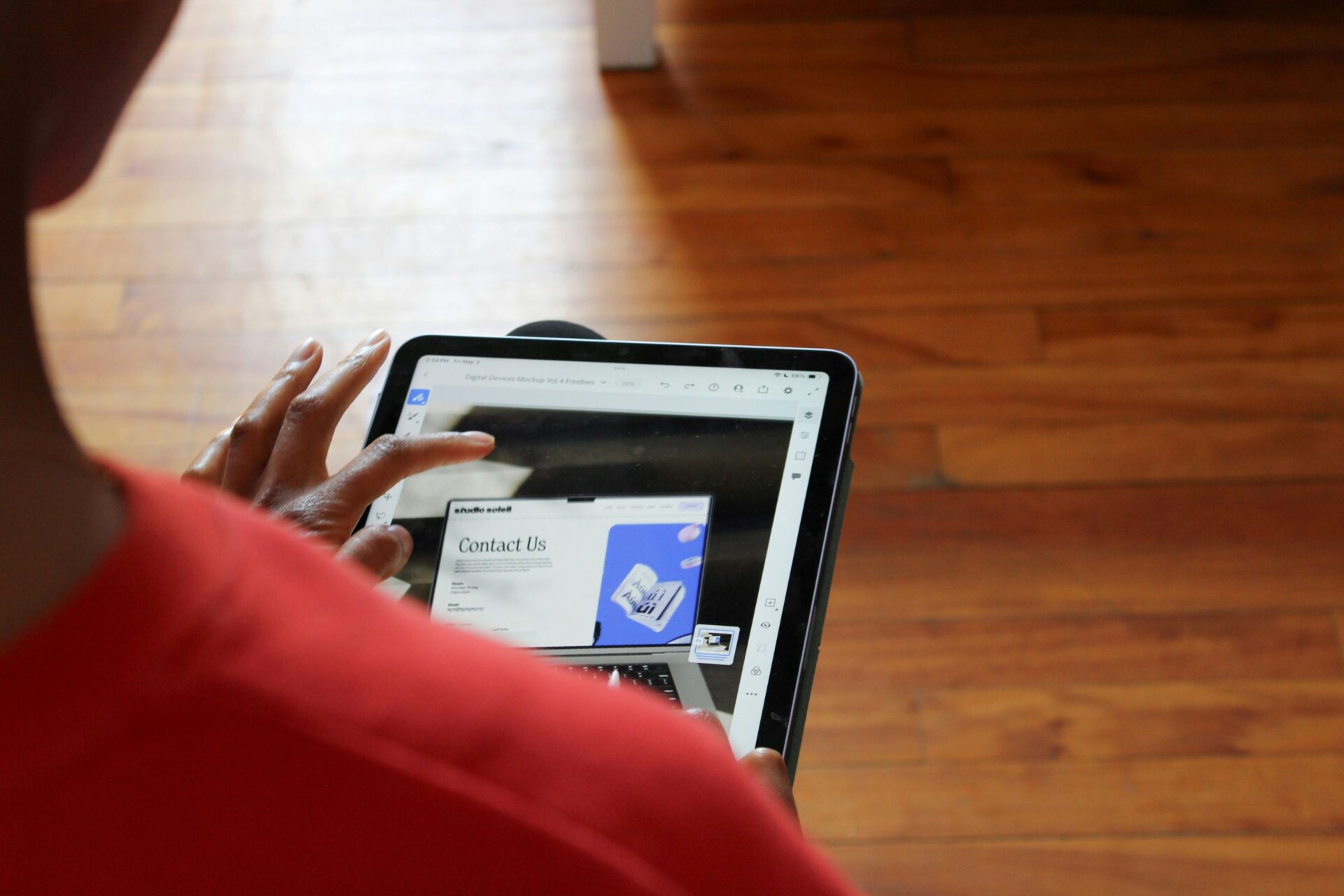

Waiting in waiting rooms. Waiting for scans. Waiting for results. Waiting for discharge.
If you were to map a patient’s experience, I bet you every second activity would be ‘Waiting’, and it would take up most of the time spent receiving the service.
At the same time, clinicians are stretched trying to find time to do everything they need to in a shift.
If you wanted to map a clinician’s experience and understand their journey delivering a service, good luck trying to find time in their day to interview them. I’ve tried to get clinicians together for workshops before. If you want more than 3 free at the same time, aim for roughly 5 years from now and you might have a shot.
By meeting each person where they are.
Interviews, workshops and surveys are great. They have their place. But in healthcare my first-call research method is observation.
There’s no interview method that gives you empathy for both patient and clinician quite like watching their interactions in the environment where the service happens. This could be in a hospital, at a GP, or at the patient’s home. You gain untold context, you see things no one would think to mention in an interview. If you can fade into the background and resist the urge to switch on your problem-solving brain, you can see the service in as pure a form as possible.
But observation isn’t perfect. It doesn’t give you full insight into why patients or clinicians do the things they do. That’s why my second-call method is contextual inquiry.
Once you’ve observed enough to get a sense of what is happening (which takes longer than you think), you need to understand why it’s happening. That’s where asking well-timed questions can be useful – in the moment, in the environment where the service happens.
By looking for the ‘space in between’ in the services.
The moments of waiting where patients might appreciate the chance to share their thoughts and frustrations.
You have to ask questions compassionately though. An empathetic mindset is non-negotiable. If they feel like they’re answering a telemarketing call you are doing it wrong. You need to first care about their situation and then ask thoughtful, useful questions that take into account what you’ve seen during observation. If you show up to care, not to extract, you treat your fellow human better and you get better insights.
And sometimes patients will say no thanks. That’s ok. It’s not about you after all. It’s about them.
And the clinicians? Well, you have to be patient looking for your opportunity. I was once lucky enough to share car rides with clinicians going house to house for patient home visits – the car trips gave a great space to ask my contextual questions.
But for those on shift? I’d suggest staying with them for the long haul. Shadow them for a whole shift. Two shifts. Spend a 12-hour night shift with them. Someone is much more likely to spend their 30min break talking to you if you’ve put in the time to empathise with their working conditions. And it might just give you some level of understanding as to what it takes to care for others and perform when you’re tired and overworked.
After all, empathy is the main game here.